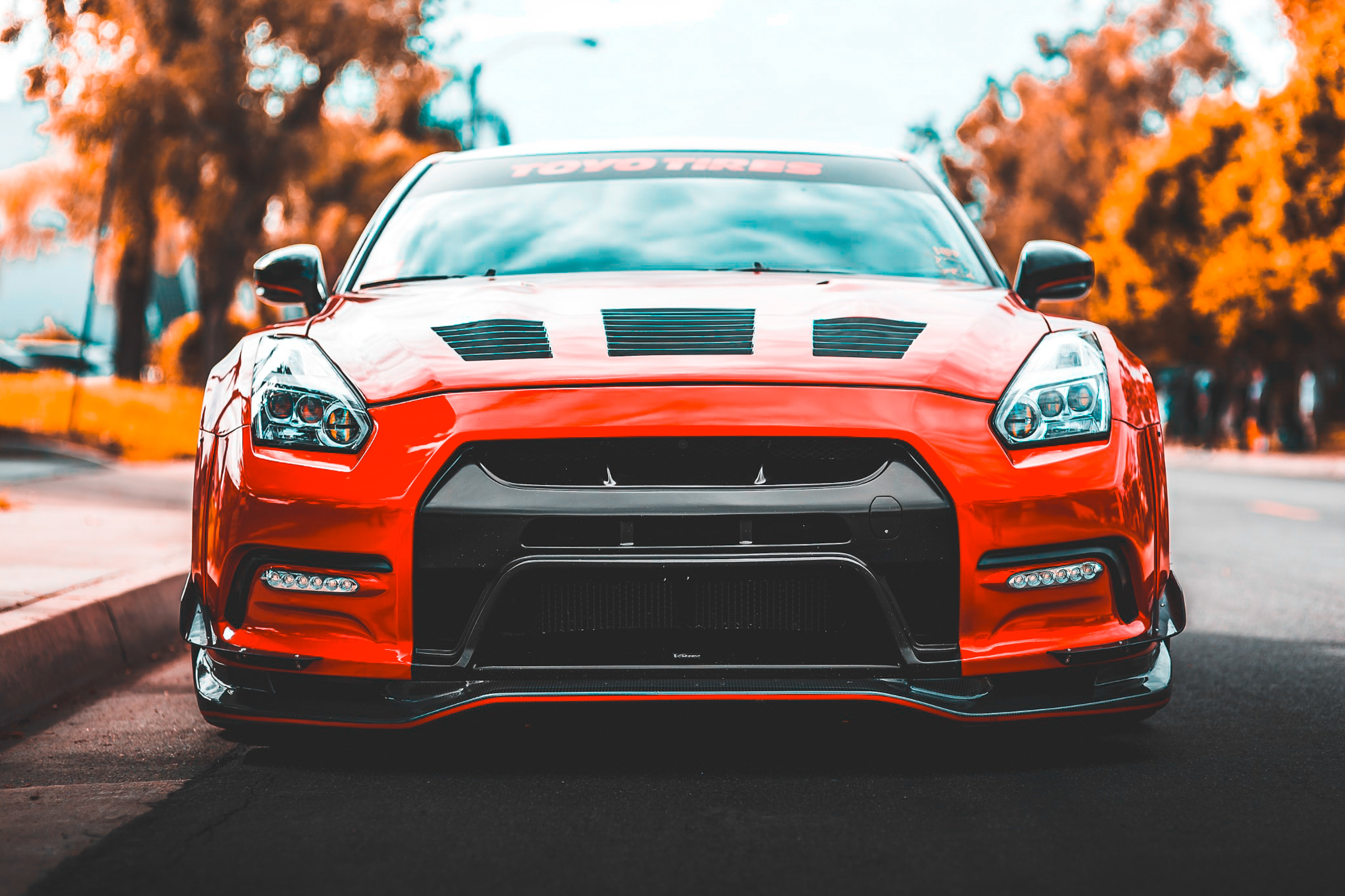Understanding Windshield Washer Pump Selection For Peak Visibility

The sudden, opaque smear across the windshield during a downpour is more than an annoyance; it’s a momentary lapse in operational safety. We rely on that spray of cleaning solution, delivered with precision, to maintain unimpeded visual access to the road ahead. Yet, the humble windshield washer pump, often overlooked until it fails, is the tiny engine driving this critical function. My recent deep dive into the specifications and failure modes of these components suggests that simply replacing a failed unit with the cheapest available option is a flawed methodology. We need to approach pump selection with the same rigor we apply to braking system tolerances or tire pressure monitoring.
Consider the variability in modern vehicle fluid delivery systems. It isn't just about moving fluid from point A to point B; it's about achieving a specific flow rate and pressure profile against system resistance, which changes based on hose length, nozzle clogging, and ambient temperature affecting fluid viscosity. This suggests that a one-size-fits-all approach, common in the aftermarket, often leads to underperformance, resulting in streaks or slow coverage when you need speed the most. Let's examine what truly separates a mediocre pump from one optimized for peak visibility performance.
When selecting a replacement pump, the first specification I focus on is the required voltage and current draw, often listed in the vehicle's service manual or detailed supplier catalogs, assuming one can even locate those specifics for older models. Many aftermarket units might meet the nominal 12-volt requirement but exhibit vastly different current demands under load, which can stress the existing wiring harness or, worse, trip a low-amperage circuit breaker prematurely. Furthermore, the pump's internal impeller design dictates its pressure characteristics—some are designed for high-volume, low-pressure distribution suitable for wide-coverage nozzles, while others prioritize a tight, high-pressure stream for focused cleaning at highway speeds. If your vehicle uses dual-circuit pumps, perhaps one for the windshield and one for the rear window, you must confirm the outlet configuration matches the original perfectly; mismatched ports can lead to cross-contamination or, more commonly, zero fluid delivery to the intended outlet due to internal valve confusion. I have observed instances where pumps listed as direct replacements had slightly different mounting tab orientations, necessitating modification—a clear sign of superficial cross-referencing rather than genuine engineering interchangeability. Pay close attention to the seal design where the pump mates with the reservoir; a poor seal here introduces air into the system, leading to sputtering delivery until the air is purged, a delay you absolutely do not want during an unexpected road spray event.
The second area demanding rigorous scrutiny involves the fluid compatibility and duty cycle rating of the pump's internal materials. Standard washer fluid, especially those containing alcohol or specialized de-icers, can attack less resilient plastics or elastomers used in cheaper pumps, leading to premature seal failure and internal leakage, effectively starving the nozzles. I’ve seen internal pump diaphragms degrade rapidly when exposed to certain concentrated cleaning agents, resulting in a loss of prime or complete functional failure within a single winter season. Another critical factor is the pump's cyclic rating—how many seconds of continuous operation can it sustain before overheating? While most passenger vehicle systems are designed for short bursts, constant use in heavy, prolonged dirt accumulation requires a pump rated for a higher duty cycle to prevent thermal shutdown or winding burnout. Always compare the physical dimensions, particularly the depth of the pump body that sits inside the reservoir, as slight variations can cause the unit to sit too high, leading to cavitation noise and poor suction, or too low, causing interference with the reservoir's drain features. Ultimately, the goal is consistent, immediate fluid delivery across the entire field of view, and that consistency is built upon matching the pump's hydraulic performance curve precisely to the vehicle's established delivery hardware.
More Posts from tunedbyai.io:
- →Technical Analysis Lucas Oil Stop Leak vs Stabilizer Impact on High-Performance Engine Longevity
- →Breaking Down the Costs Solenoid Replacement Expenses in 2024
- →Locating and Diagnosing Canister Vent Valve Solenoid Issues A DIY Guide
- →Comprehensive Guide Replacing the Brake Light Bulb on a 2009 Honda Accord
- →Nissan's 2025 GT-R NISMO 7 Cutting-Edge Features Unveiled at Redlands Service Center
- →Diagnosing and Fixing Ignition Switch Issues in the 2012 Ram 2500 A Comprehensive Guide